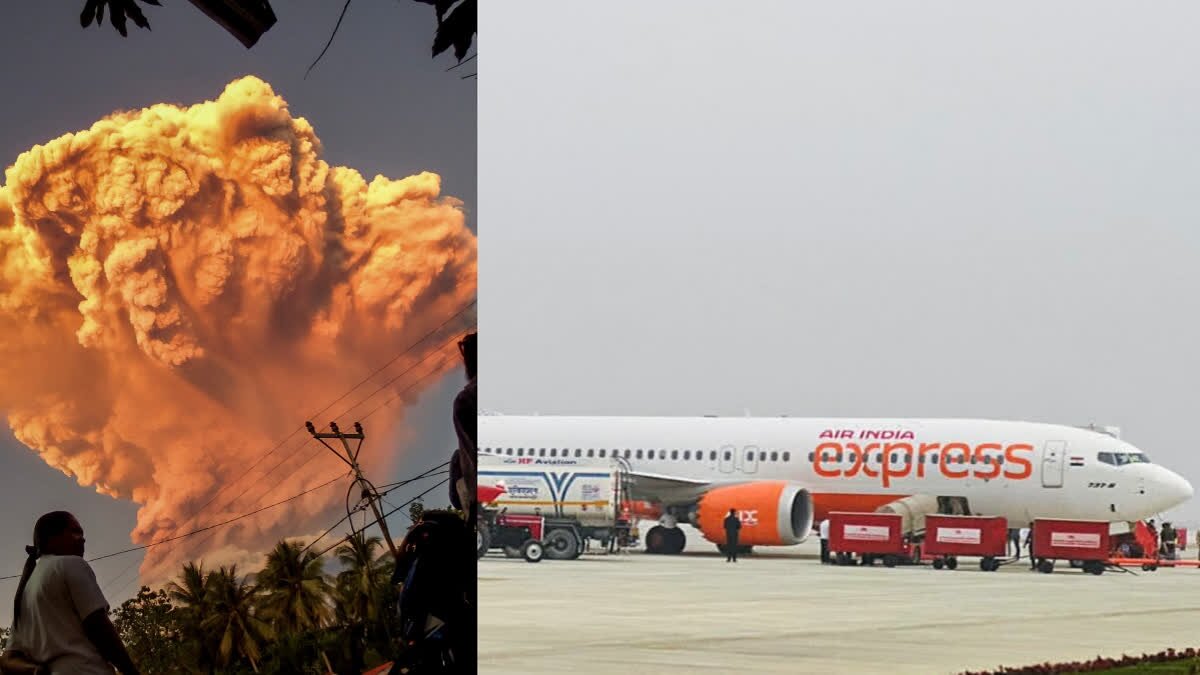Use of bunker‑busting ordnance marks shift toward direct engagement amid Israel-Iran hostilities
The United States has carried out a series of precision strikes on Iran’s nuclear facilities, focusing on the fortified Fordow enrichment plant and other sites.
These are the first confirmed U.S. military operations targeting Iran alongside ongoing Israeli air campaigns.
President Trump authorised the use of GBU-57 Massive Ordnance Penetrator bombs against the deeply buried Fordow uranium enrichment facility, which lies approximately 300‑feet underground.
Approximately five to six bunker‑buster bombs were reportedly deployed in precision strikes, alongside about thirty Tomahawk cruise missiles launched from U.S. submarines targeting Natanz and Isfahan as secondary objectives.
The president described the operations as "successful," citing social media posts as confirmation.
No independent footage has yet been released.
The GBU-57, a 30,000‑pound bunker‑busting weapon delivered by stealth-capable B‑2 bombers, is the only ordnance capable of penetrating the reinforced cover thought to protect the Fordow facility.
U.S. analysts are investigating whether multiple penetrations might be necessary for full disruption.
The Defence Threat Reduction Agency has cautioned that while the weapon can damage hardened underground structures, it may not guarantee full elimination of advanced nuclear operations.
Military deployments ahead of the operation included B‑2 stealth bombers repositioned within strategic reach of Iran, as well as F‑22 and F‑35 jets, aerial refuelling tankers, submarines armed with Tomahawks, and naval vessels.
These deployments indicated escalation in U.S. preparedness for direct military engagement.
Political and institutional responses within the United States have been split.
Some Republican lawmakers, including Senator Lindsey Graham, have publicly endorsed the use of bunker‑buster ordnance to fully neutralise deeply buried Iranian infrastructure.
Others, alongside noninterventionist elements of the former president’s base, urged caution.
In the days leading up to the operation, President Trump stated that a decision on U.S. involvement would be made within two weeks.
The expedited timing of the strikes came ahead of that deadline, increasing uncertainty around future actions.
Iran has confirmed engagement in the conflict through missile and drone strikes targeting Israel.
Meanwhile, nuclear watchdog bodies have expressed concern over the risks of radiological and chemical contamination resulting from attacks on enrichment facilities.
No evidence has yet emerged to confirm any nuclear release.
Prior intelligence assessments indicated Iran was not definitively pursuing a nuclear weapon, although uranium enrichment continued at Fordow, Natanz, and Isfahan.
The recent strikes represent a direct U.S. commitment in what has to date been an Israeli-led campaign against Iran’s underground nuclear infrastructure.











































